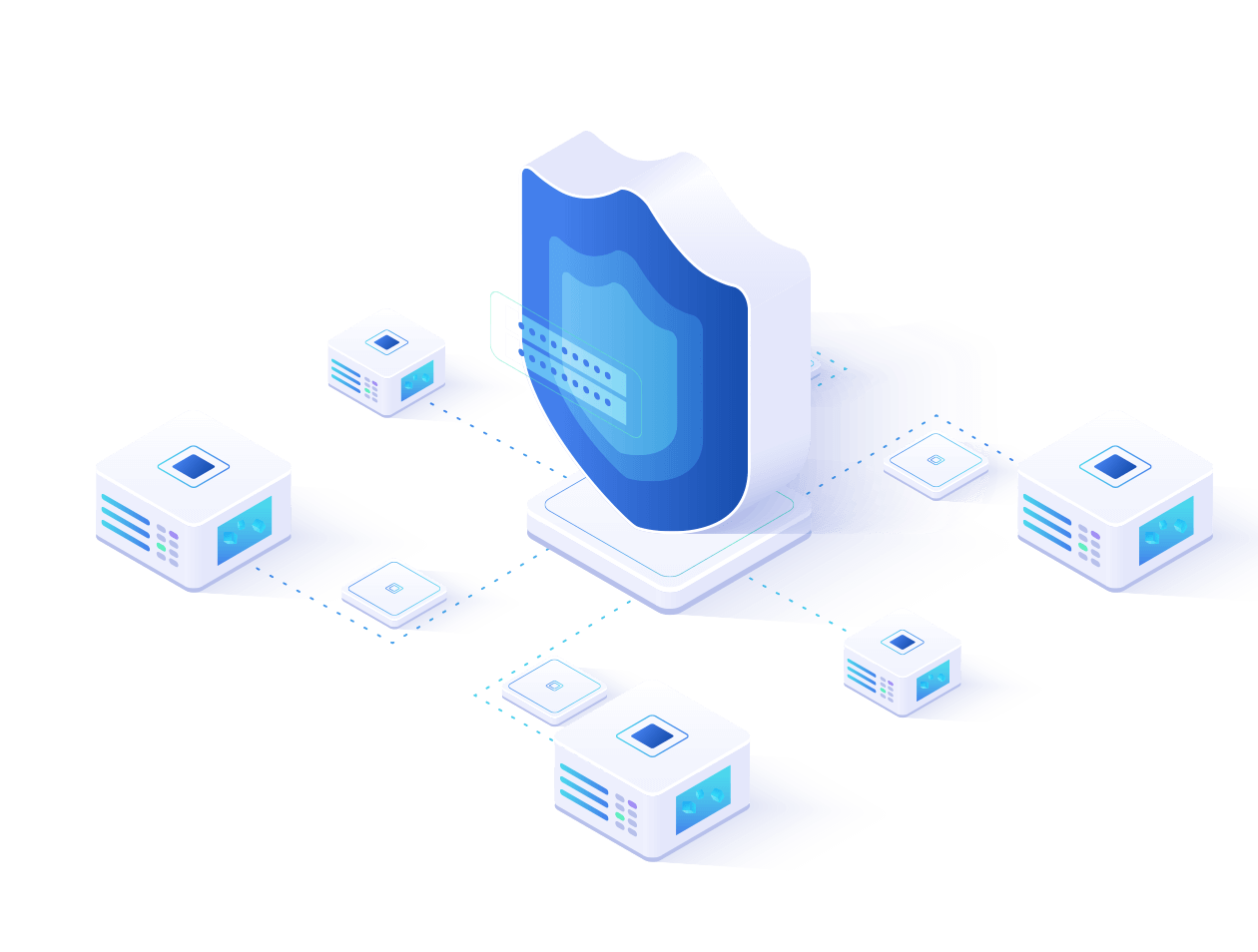Data Modeling
At Clutch.Net, our data modeling services play a pivotal role in turning raw data into actionable insights for businesses. Data modeling ensures that complex data structures are organized, coherent, and easily interpretable, thus facilitating more informed decision-making. By creating a structured visual representation of data, businesses can better understand their data relationships, optimize their database performance, and reduce errors, leading to significant time and cost savings. Additionally, our data modeling helps in maintaining data integrity, ensuring data consistency, and making systems more scalable.
Whether you’re looking to streamline operations, predict future trends, or enhance your data security, Clutch.Net’s expertise in data modeling can empower your organization to harness the full potential of its data assets.
Data Model Implementation
1. Understanding the Source Data: The first step in the data modeling process is to thoroughly understand the source data. For instance, if we’re working with an ERP database, it’s crucial to comprehend its schema, the types of data stored, their relationships, and their relevance to business functions. Typically, this would involve examining tables, fields, records, and relationships within the database.
2. Identifying Fact and Dimension Tables: Based on the understanding of the source data, you then identify which tables serve as ‘facts’ and which as ‘dimensions’. Fact tables usually contain the measurable, quantitative data like sales, transactions, or any other business metrics. Dimension tables, on the other hand, are descriptors and often include details like time, customer, product, or location.
3. Defining Relationships: After segregating fact and dimension tables, the next step is to establish relationships between these tables. This ensures that data from different tables can be joined and analyzed coherently. Relationships are often based on keys; for instance, a fact table might reference a dimension table through a ‘product ID’ or a ‘customer ID’.
4. Building Perspectives: Perspectives in data modeling help in tailoring data views for different users. A finance team might be more interested in financial data, whereas a sales team would prioritize sales metrics. Perspectives make it easier for users to navigate and work with data models by focusing only on areas relevant to them.
5. Creating Tabular Models: Once perspectives are set, creating tabular models makes the data even more accessible and analyzable. These models present data in a structured, tabular format, making it easier for tools like Power BI or Excel to pull the data for analytics. Tabular models often leverage columnar storage and in-memory caching for quick data retrieval.
6. Ensuring Compliant Security: Last but not least, security is paramount. The data model should incorporate role-based access controls, data masking, and other security mechanisms to ensure that only authorized individuals can access specific parts of the data. By defining user roles and permissions at the model level, you can make sure that sensitive data remains confidential and protected.
In essence, data modeling transforms raw, often complicated data from sources like ERP databases into structured, easily navigable, and secure datasets that can efficiently serve the analytic needs of an organization.
Your Data Partner
Edison's Formula for Genius
we'll handle the perspiration!
Data Implementation
There are many variations of passages of Lorem Ipsum available, but the majority have suffered alteration in some form, by injected humour, or randomised words which don’t look even slightly believable. It uses a dictionary of over 200 Latin words.
All the Lorem Ipsum generators on the Internet tend to repeat predefined chunks as necessary, making this the first true generator on the Internet.





